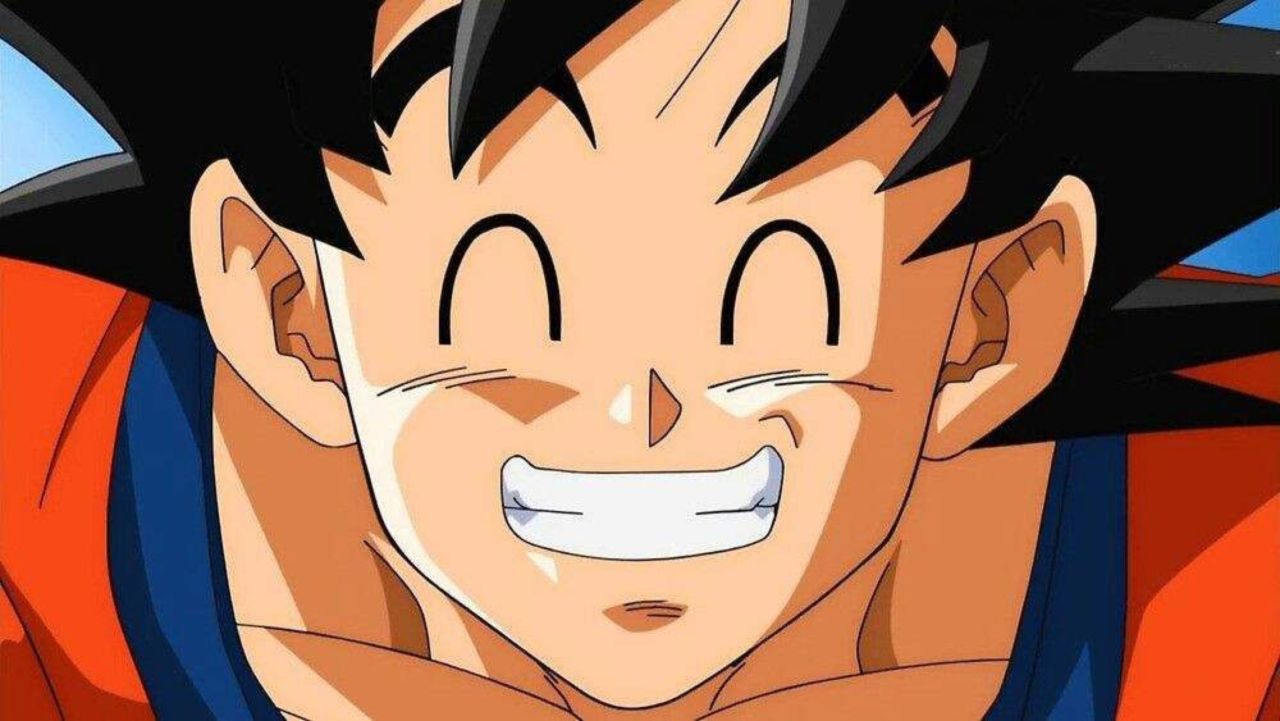Table of Contents Show
Himbos have taken over! Yes, the internet has taken a keen interest in himbos and all of their beefy glory! The himbo character has charmed fans of all sorts for decades, but the term itself has gained much more traction over the last several years. There is a likely chance that you have heard the term himbo being used at some point or another, especially in online communities and social media.

But what is a himbo exactly, and what qualifies one to be defined as such? And why do himbo characters seem to receive more positivity and love than their female counterparts, the bimbo?
What Is A Himbo?
The term “himbo” was first coined back in 1988. According to the Merriam-Webster dictionary, a himbo is described as an “attractive but vacuous man.” (( “Merriam-Webster Dictionary.” Merriam-webster.com, 2020. )) The traits that define a himbo in mainstream media tend to stand out clearly. Himbo characters are usually big, beefy, attractive men who are often lacking intelligence and/or just plain dense. The term was derived from the already established word, bimbo, to describe an attractive and not-so-intelligent woman.
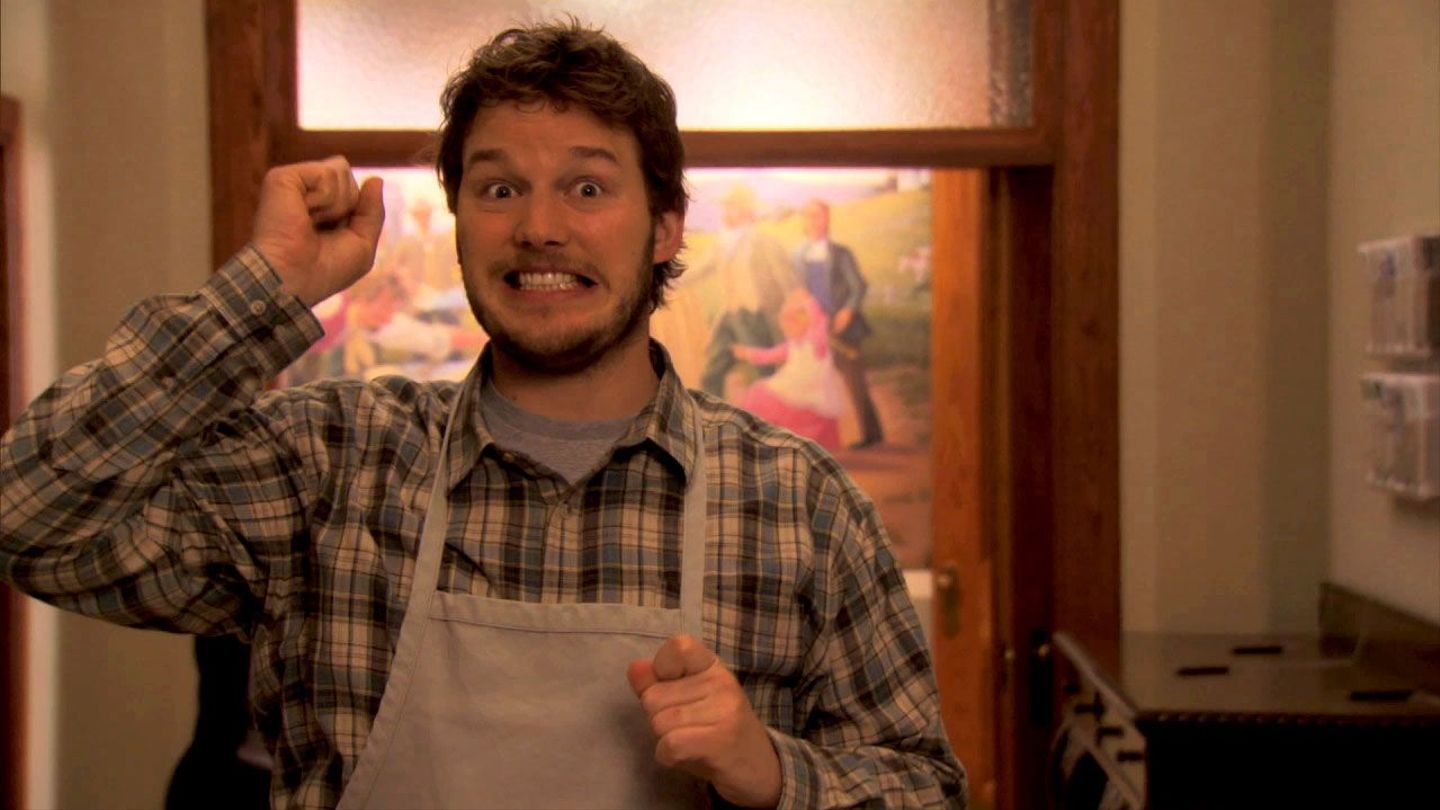
Interestingly enough, the term bimbo was used as early as 1919 in the United States and was first used to describe an unintelligent or brutish man. It sounds awfully close to the modern definition of himbo, but not quite. In the early 1920s, the original definition of bimbo was abandoned. Instead of describing an unintelligent and brutish male, it was now used to describe women who were less than virtuous, with very little moral high ground. Until the 1940s, the term bimbo was used more often to describe females, though men were still capable of being a bimbo as well, depending on the circumstances of the character.

The term had died out for a large chunk of the century until the 1980s. Bimbo was now only a term used to describe unintelligent, attractive, and sometimes even promiscuous women. These characters include, and aren’t limited to, valley girls, “dumb” blondes, and sometimes the manic pixie dream girl. However, the bimbo’s male counterparts did not go unignored. In the late 1980s, terms to describe an attractive and dim-witted man were created as a parallel to bimbo. These types of men were labeled as a“mimbo” at first, meaning male bimbo. Eventually, the term evolved into “himbo” and became the more common term used today.
The Himbo In Popular Media
Himbo characters have been portrayed in many types of popular media, including films, sitcoms, cartoons, and anime. The himbo character has more recently begun to gain more popularity in internet communities, and in turn, has received an immense amount of love from each respective fanbase. According to Tumblr user scofflawsins, “A himbo must, MUST, be kind, beefy, and stupid.” (( “Tumblr“. scofflawsins.tumblr.com, 2019 )) These three traits have kept up in many himbo characters and seem to be a must, especially for the modern-day himbo, as some himbo characters of the past may not have always possessed the kindness trait — at least not consistently.
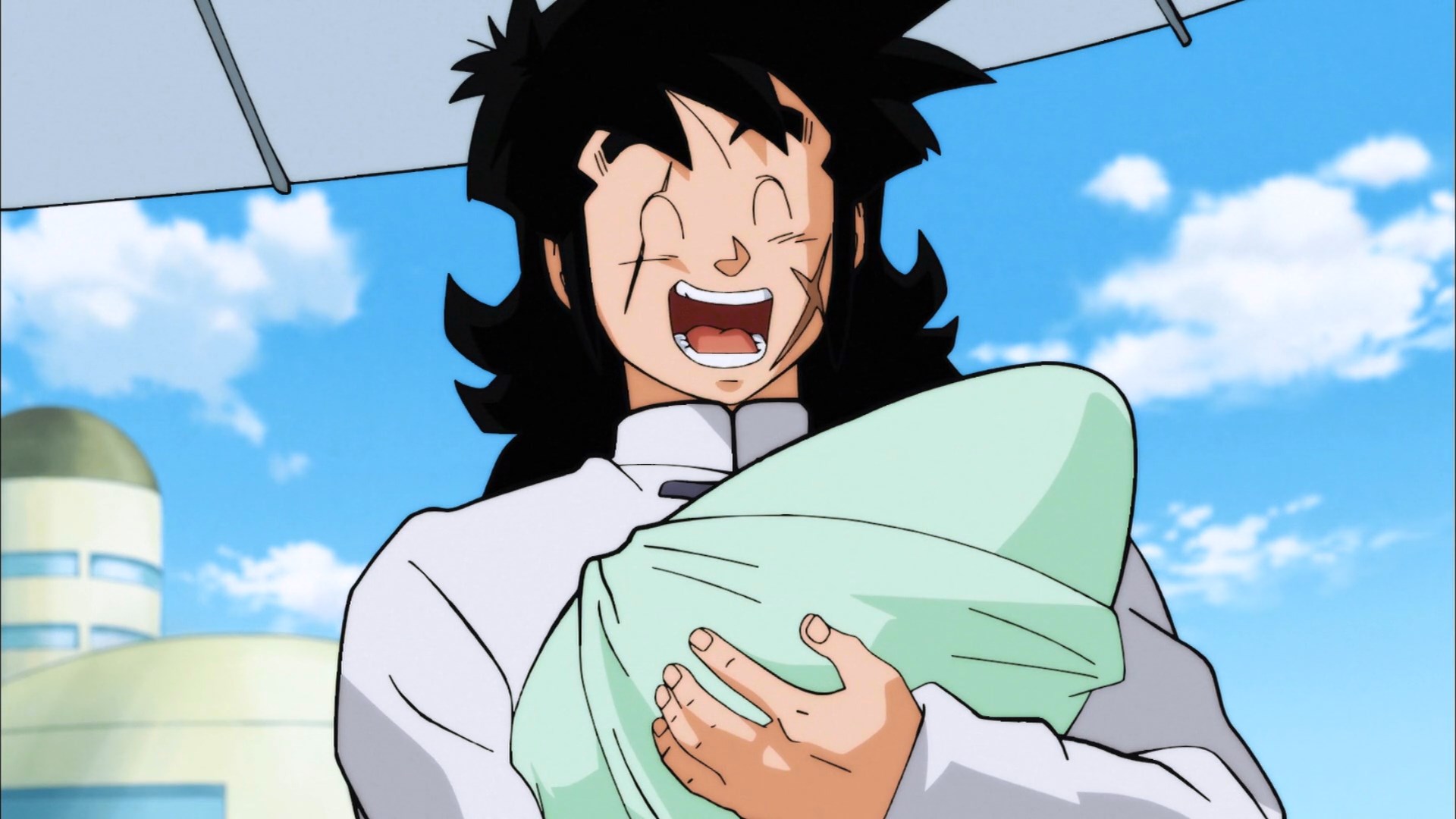
Though films and live-action television have successfully portrayed many a himbo, animation seems to truly embrace the himbo character and all of the charisma that comes with them. From himbo characters such as Kronk from Disney’s The Emperor’s New Groove to Dragon Ball’s beloved protagonist Goku, the himbo has graced fans for years with their goofy smiles, courageous hearts, and dense reactions to the simplest of things. Why is this, though? It seems that there are far more himbo characters in animated shows than live-action, and their traits usually tend to stand out much more.
A himbo must be buff, or in some cases, just big and husky. A himbo must also be a little dense. He may not be the brightest crayon in the box, but he is clever in his own particular way and is respected for it…most of the time. Another trait added recently over the last several years is that a himbo must be kind-hearted. He may come off as big and dorky, but he has a big heart and isn’t afraid to show his emotions, which is normally frowned upon when it comes to masculine traits.

Animated traits are often heavily exaggerated. Whether it be in appearance or personality traits, they can border on the line of being realistic or just flat out fictional. Fictional characters always seem better looking and much kinder, with traits that may be hard to find in many real-life individuals. This could also be why fans find animated characters much more charming and attractive than real-life people. These characters’ dehumanization makes it possible for creators to put together the perfect himbo — a sexy yet sweet cinnamon roll who could do no wrong. How often do we meet real-life people with such charming traits? Not very often, unfortunately, which is why we dive into fiction and embrace our perfect himbos.
The Himbo’s Modern Take On Masculinity
The modern-day himbo has managed to defy gender norms interestingly and excitingly. The himbo of today has been able to combine typical masculine traits while fighting fragile masculinity simultaneously, which is pretty awesome. Die-hard fans regularly reinforce himbo character traits, and they make sure to stand by these traits when defining certain characters.
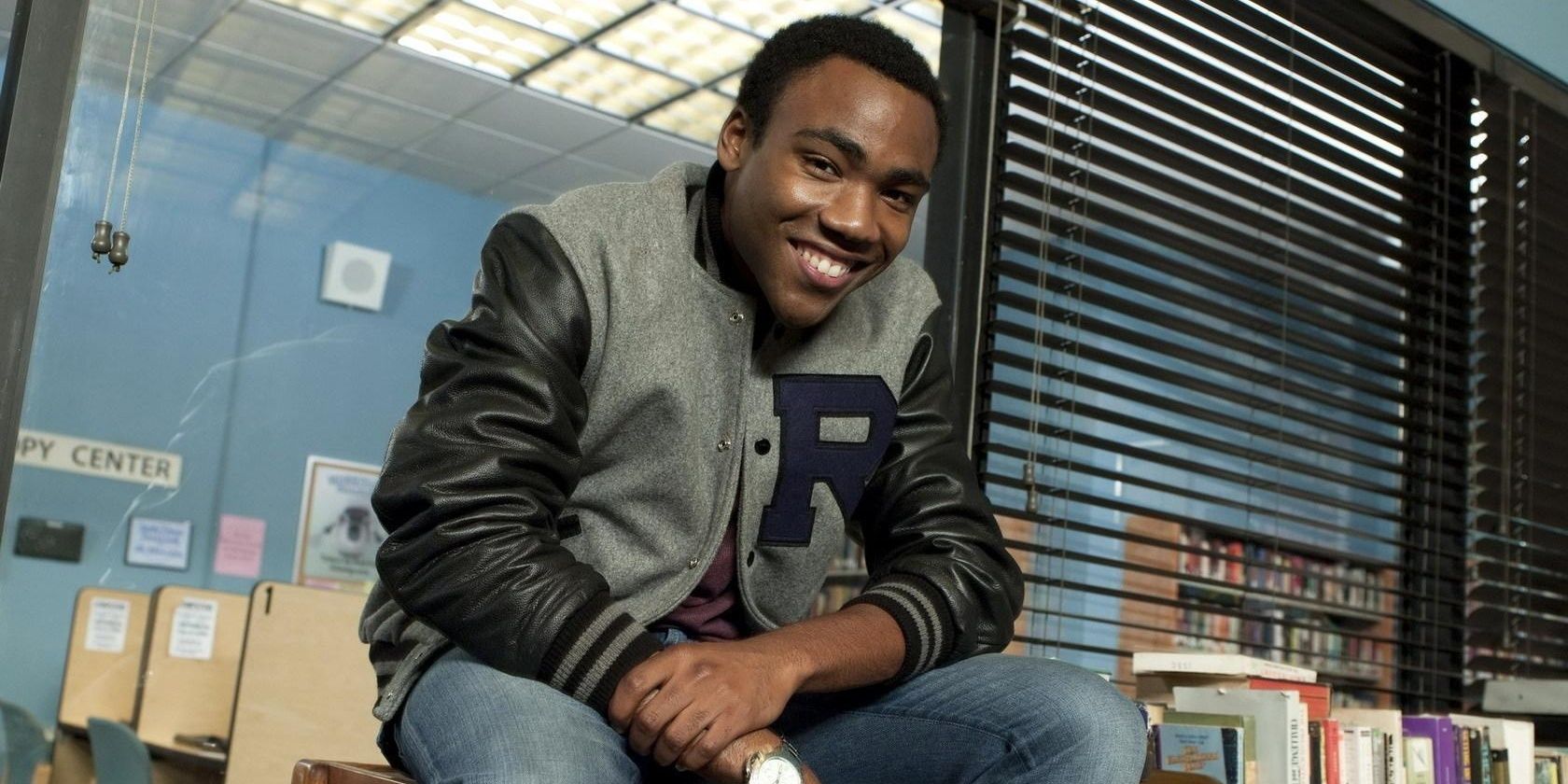
Though the himbo comes off as the epitome of masculinity in physical features and some mannerisms, he is far from being the masculine norm. Himbos are big and strong, yes, but one key aspect of being a himbo is not being afraid to show emotion. Himbos are not afraid to openly cry, love, and laugh. They are sensitive to the feelings of others around them and would never want to hurt the ones they care about. With strength and protection comes love and empathy — both traits that have always been seen as weak in a masculine sense.
Boys who look up to these kinds of characters are reassured that it is okay to cry, to show care, and to have a sense of humor. The himbo has shown that a man can be all these things while also being big and strong. Characters who embody the himbo are slowly doing away with masculine clichés and embracing things that used to be looked at as a weakness, making them their strengths.
Himbo Vs. Bimbo
As lovable as the himbo character is, some women have not taken to the popularity quite well. Again, the term bimbo was derived from a term used to degrade and objectify women, and though himbo was supposed to be the bimbo’s equal, he seems to earn much more love and devotion than the original bimbo. In popular media, a bimbo is usually portrayed as conventionally attractive (in shape, good hair, etc.), heavy makeup, and sexy clothing.
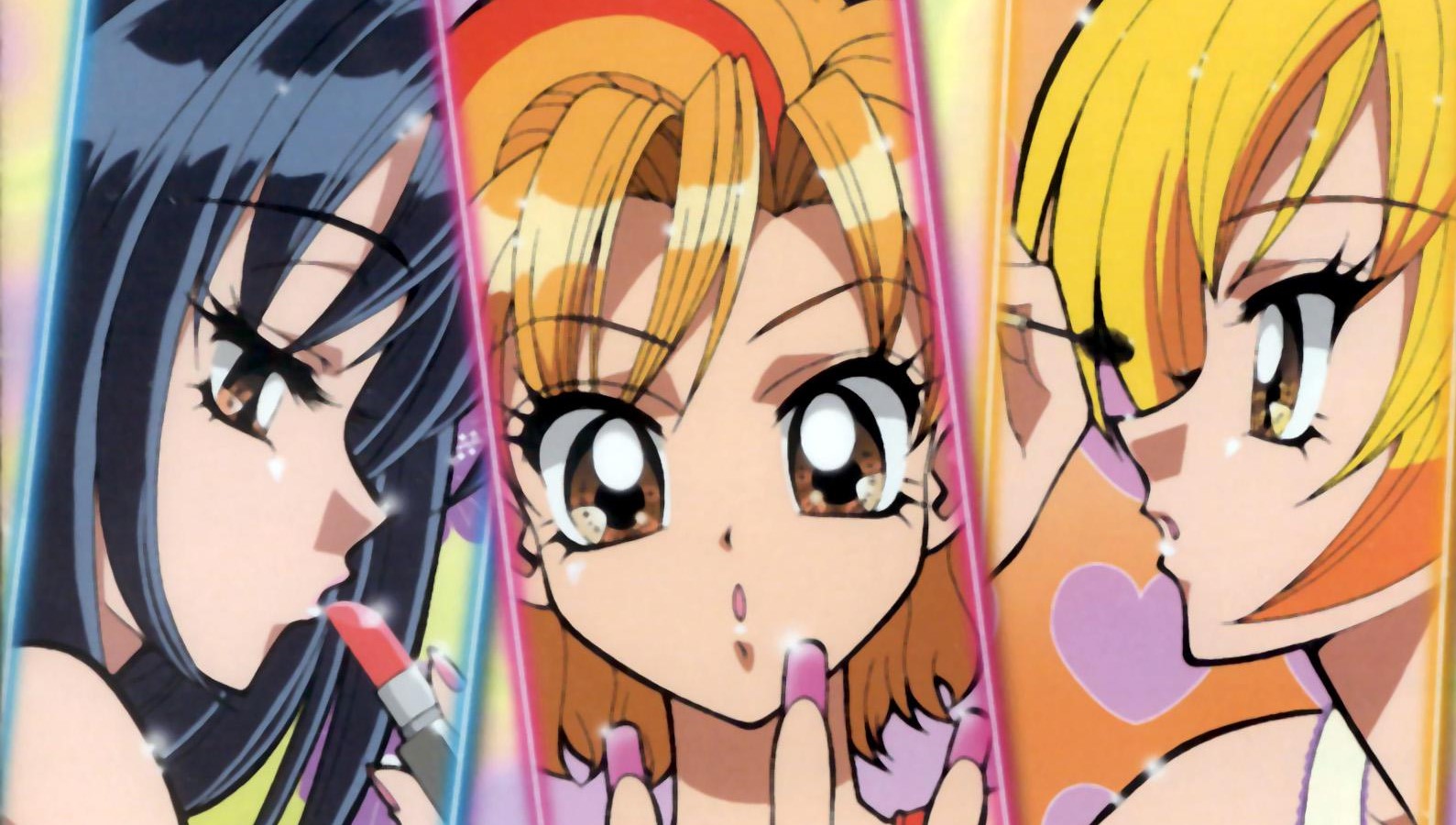
Animated bimbos have more exaggerated “attractive” features that usually include large breasts, symmetrical features, big eyes, and heavy make-up that dehumanize them even further. They are also portrayed as air-headed and lacking intelligence and therefore seem only to be appreciated for their good looks. They are used more as tools for personal desire, emphasizing a lack of basic character traits, such as ambition or opinions.
Examples of bimbo characters include Elle Woods from the classic film Legally Blonde — a blonde sorority girl who wears nothing but pink and is sheltered by her rich parents, therefore naive to the world around her. Jackie Burkhart from That 70s Show isn’t necessarily a perky “dumb blonde” like Elle but has similar characteristics that classify her as a bimbo. This includes her attractive looks, ditzy attitude, and focus on being pretty rather than “smart.”
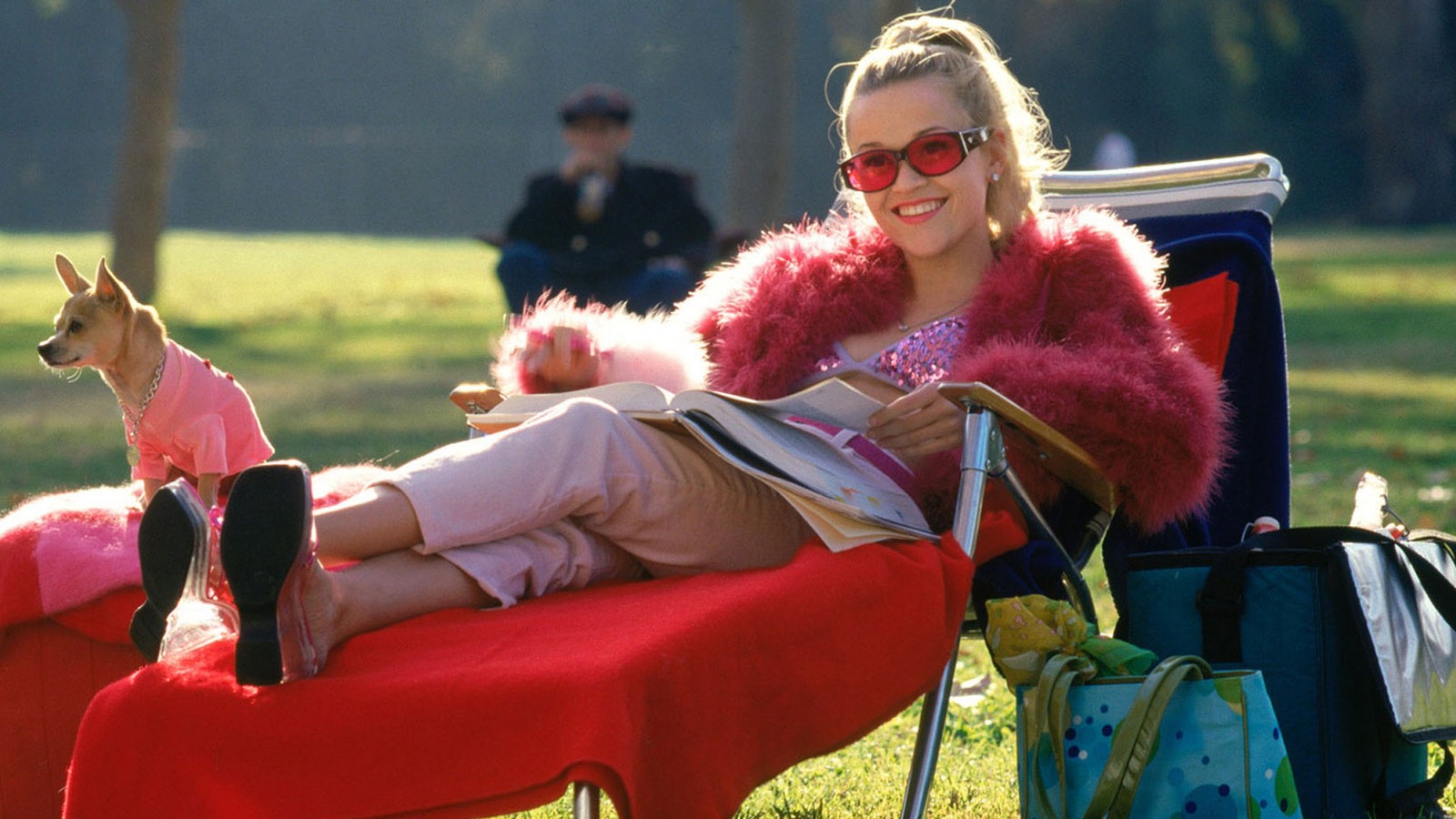
It’s often considered wrong for a woman to be pretty and not well educated, or even vice-versa; okay for a man to be both of those things, yet still perceived as endearing. It is seen as annoying and bothersome for a bimbo to express her emotions, yet encouraged and praised when a himbo does the same. For some, this causes some negative feelings, and rightfully so.
Different Types Of Bimbos And Writer Bias
For decades, bimbo was used as a sexist term to label women as incompetent and only relying on their good looks. Bimbos were also known as sometimes being loud, “bitchy”, less than virtuous, even sometimes deceptive, in regards to “leading men on.” Characters like these are also subjected to a lot of hate in fandoms. This could be due to the bias that certain writers have when writing a bimbo character. This could definitely be seen in certain films and television series where a dislike of bimbo characters is obviously strong.
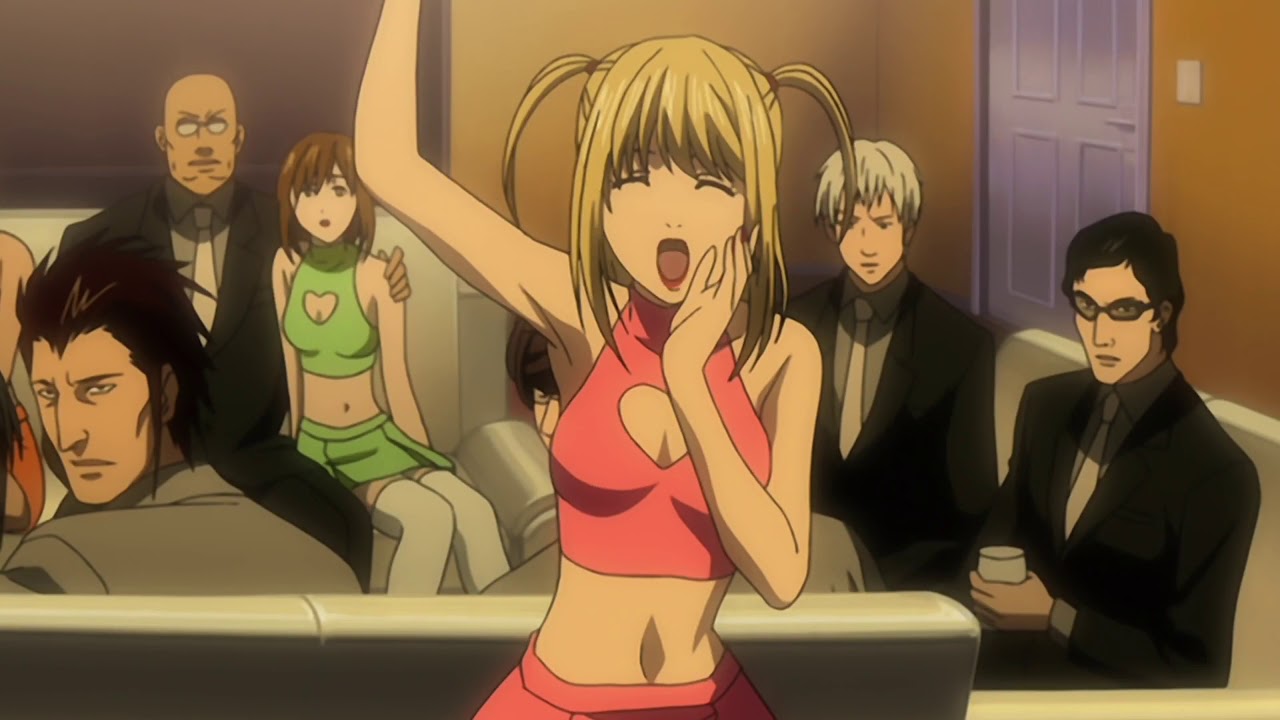
An example of this can be seen in the writing for That 70s Show and the fate of Jackie. Jackie wasn’t always a well-liked character, as she was written to be a “mean girl” — pretty, rich, and clueless to others’ feelings. From the start, it seemed like she was written to be hated. However, as the seasons progressed, she became much more than a spoiled and ditzy rich girl. She began to grow and learn and even became a better person as the story continued.
She became much kinder and in tune with her loved ones’ feelings and didn’t have to abandon her good looks or even her ditzy personality to achieve this. She found love in the most unexpected person, and truly knowing what it meant to love someone helped her put aside her own selfish needs. It was an excellent example of a well-written bimbo that could have been on the same level as the himbo. Unfortunately, her development was brought to a halt during the final season of the show.
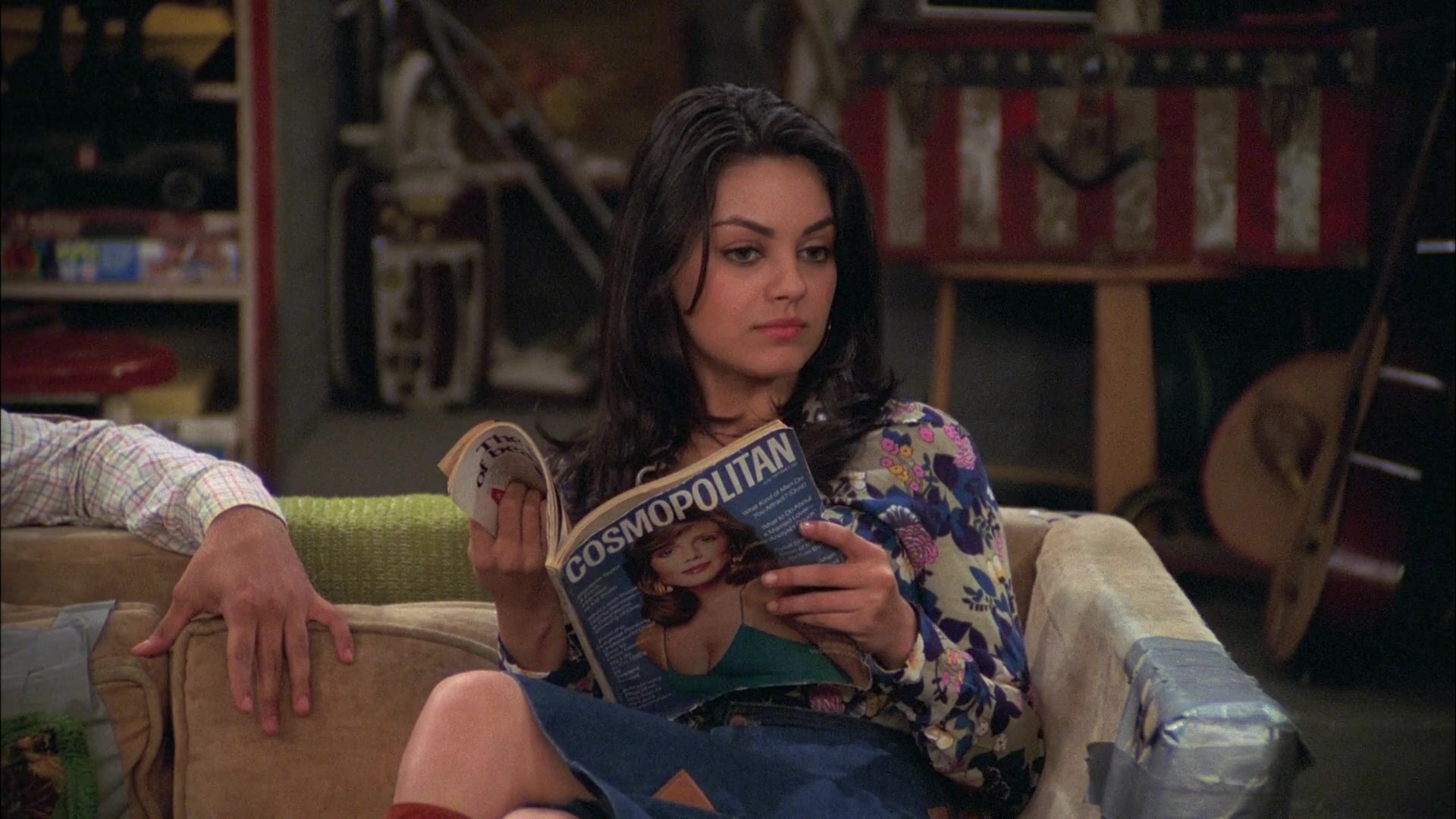
Jackie seemed to backtrack, and all of her newly acquired positive traits seemed nearly non-existent. She was portrayed in so many negative aspects, and her character didn’t make sense anymore as the series neared its end. A rumor going around among fans that the new writers brought in to write the final season of That 70s Show had highly disliked Jackie’s character and therefore wrote her off as a less important and unlikable character.
Though it is not certain if these rumors are true or not, fans still can’t help but think that it’s a huge possibility with how badly her character was treated in the end. This is not too uncommon when writing a bimbo character, it seems. Though some bimbo characters are given wonderful character development and get to achieve happiness, other bimbos are subject to a mundane or even unhappy fate. It is as if the bimbo is being punished simply for being who she is. Would a himbo be dealt the same hand? It seems less likely.
Embracing The Himbo AND Bimbo
Many women have fought back in order to take back the term bimbo and do away with negative female stereotypes. Bimbos have been celebrated in popular media, showing that it’s okay to embrace these features originally so disliked by the men who used the term to describe these women. However, we were graced with beloved and empowering films that defied these bimbo stereotypes, such as Working Girl, Clueless, Legally Blonde, and many others. Elle from Legally Blonde was introduced as a typical dumb blonde but ended up being much more than what people initially saw on the surface.
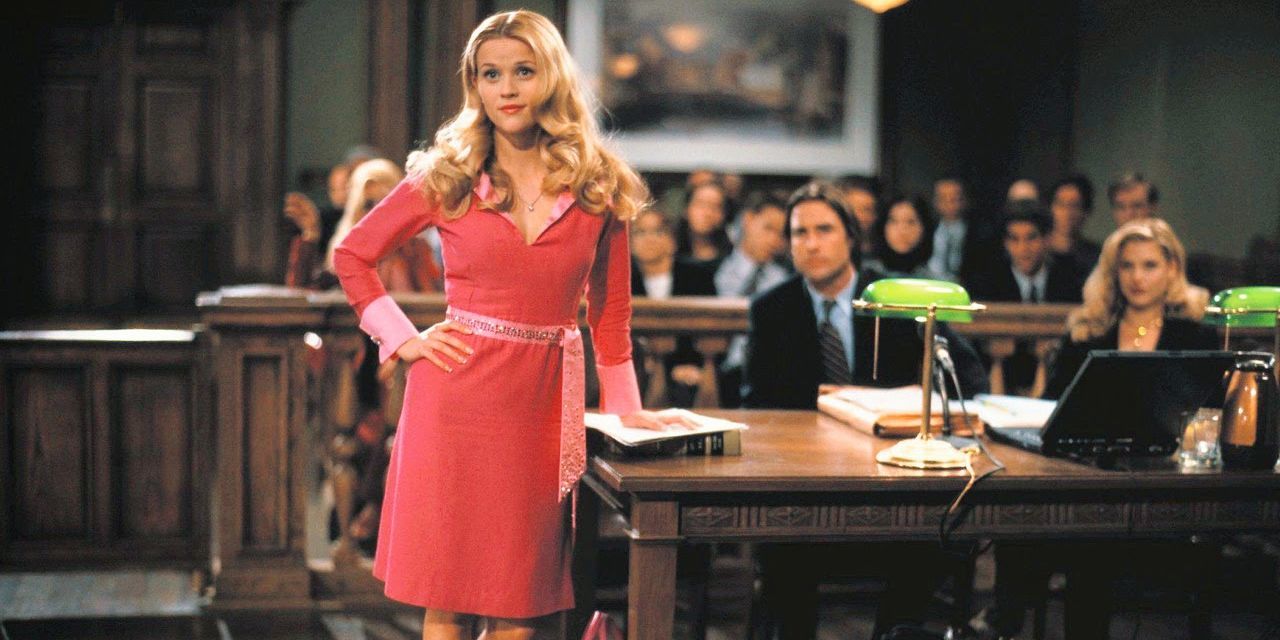
Elle was able to unlock motivation that she never knew she had to achieve her goals. She proved that just because she was blonde, loved pink, and was a little ditzy at times, didn’t mean that she wasn’t capable of achieving big goals. She made a difference and didn’t have to abandon her style or personality in order to do it. She is another good example of a well-written bimbo that could be considered equal to the himbo. However, the popularity of the himbo still heavily outweighs the bimbo, and it’s time to show our bimbos a lot more love!
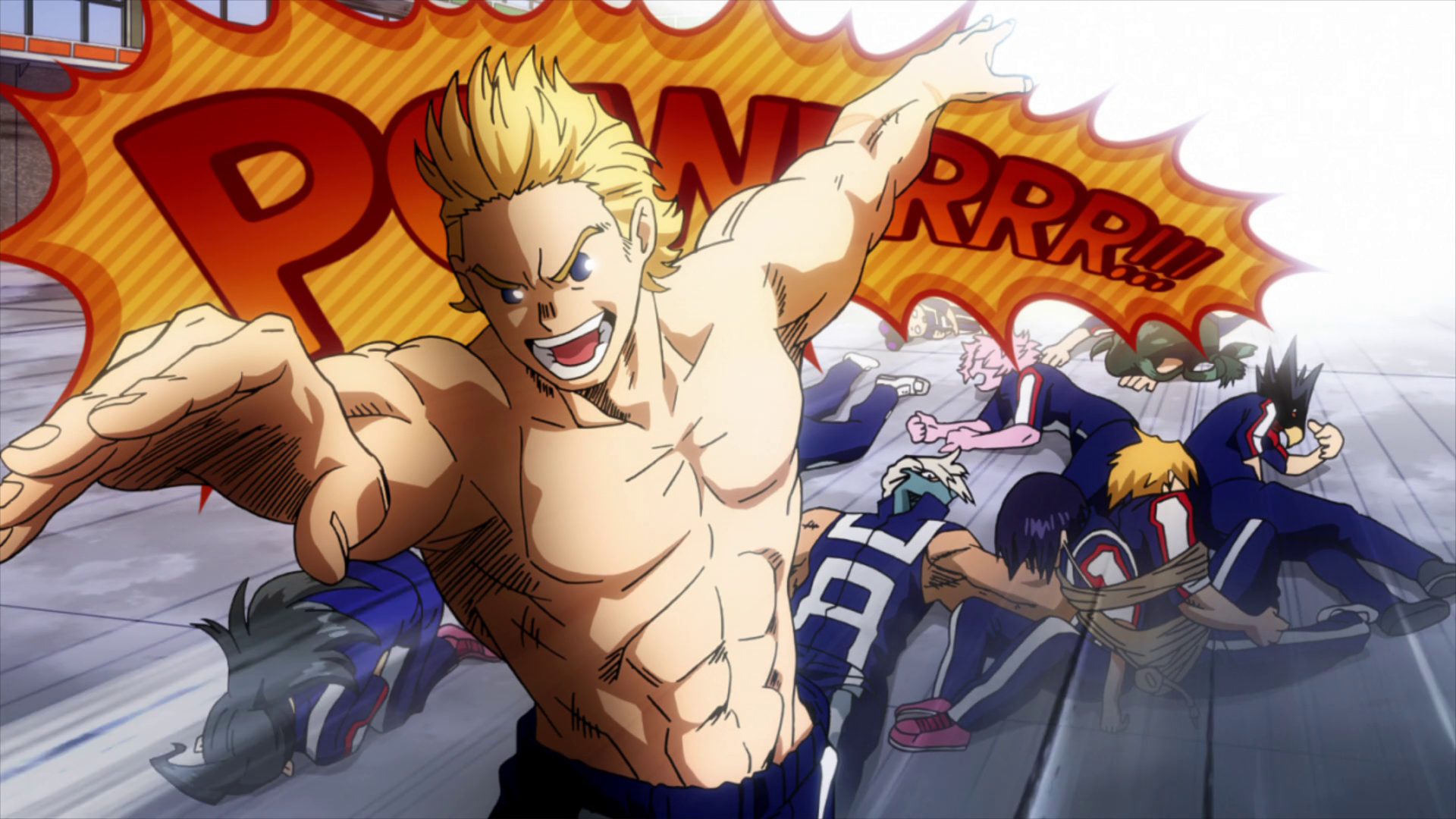
As lovable as himbos are, it is important to maintain equality. Why is a dense and attractive man more well-liked than a ditzy and sexy woman? Why is she labeled as stupid or annoying, and the himbo is not? The term itself reflects the heavily outdated idea that a woman must only look good, keep up with appearances, and not interfere with a man’s world, as women are simply not capable of grasping certain concepts. This type of thinking is dangerous, and it is time to move on from it.
The Takeaway
The modern-day himbo is a wonderful thing for many reasons! Not only are they big and sexy, but the kindness is comforting, and the dimwittedness is endearing and lovable. As much as we love the himbo, however, it is important to embrace the bimbo also. Whether a himbo or a bimbo, both share the same qualities, and the only difference between the two is gender.
Society continues to stray from gender norms and stereotypes and is still working towards equality in all aspects, including fictional character tropes. We can learn a lot from our himbos, and one main thing that shouldn’t be forgotten is to be kind and respect others, including women — bimbo or otherwise.
